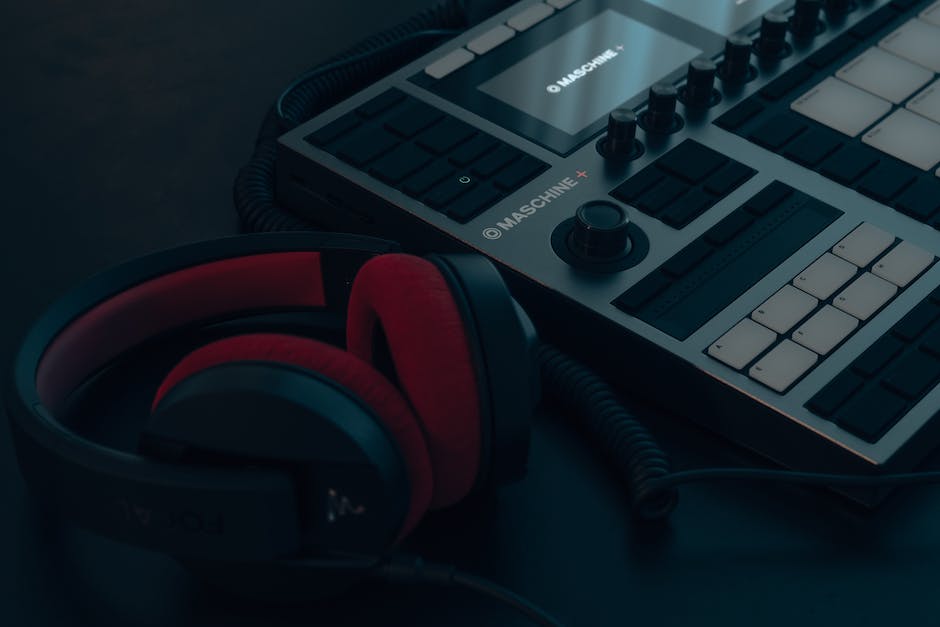Sampling in music is the process of taking a small portion of something else and using it in your own work. It can be music, speech, or other sounds. You can sample almost anything, even other samples!
Sampling was pioneered by Hip-Hop music in the late 1980s and early 1990s with advent of sampling technology. As Hip-Hop producers grew more sophisticated with their beats, they realized they needed more complex sounds.
They did not have the money to buy these sounds, however, so they took small clips of other sounds and put them together to make what they wanted.
How you sample depends on what music software or hardware you use to make music. If you use MPC hardware, for example, then you must record audio directly from the sound source. If you use a software like FL Studio, then you can import any compatible digital audio format.
There are rules that govern how you can legally sample in music, but there are still debates about what is fair use and what should be protected by copyright.
Let’s take a deeper into what is music sampling.
Different types of sampling
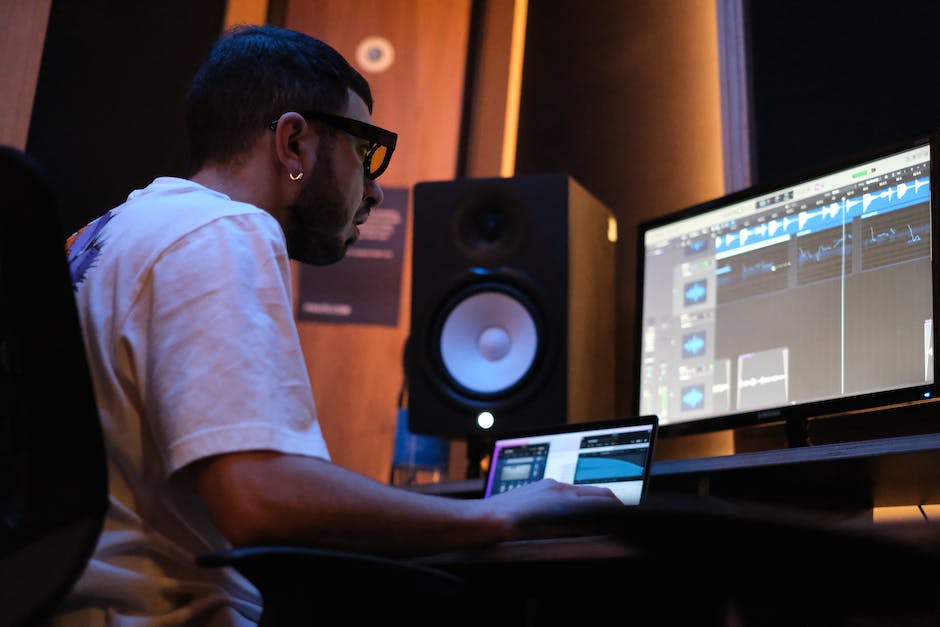
Sampling can be categorized into two main types: direct and indirect.
Direct sampling occurs when a sample is directly incorporated into a new composition.
This can be in the form of a beat, a melody, or some other element. When this happens, the artist who created the original sample is given credit and compensation.
Indirect sampling occurs when a sample influences the new track. This happens most often when artists want to build from existing music, but don’t want to directly use the sample.
Another term for indirect sampling is interpolation. Artists who use this approach may just use their own beat or sound instead to create a similar effect. Sometimes this helps artists avoid copyright infringement, but not always.
Unfortunately, many artists do not credit the original source until after they have released their music. Then it can be hard to identify whether someone has legitimately sampled a work or if it was just a similar sound.
Sampling in popular music

Sampling has become widespread in popular music in the past few years. Many songs that are number one hits contain some form of sampling.
Some songs contain only a small sample, while other songs contain a more obvious sample that is the backbone of the song. Some samples are so famous that they can be recognized even if they are only part of the song.
According to reports, 17% of all Billboard hits in 2022 included samples from previously released songs.
This doesn’t take into account all the songs that include other types of samples.
Risks of sampling
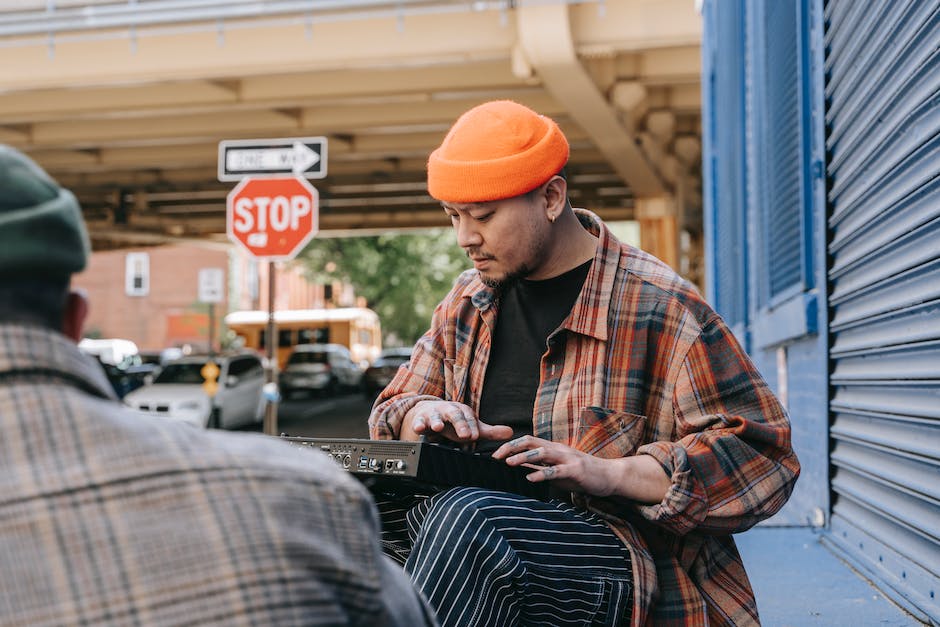
While sampling can lead to great music, it can also backfire pretty badly.
Sampling can lead to legal issues, so be aware of the rules when it comes to using music in your work.
Music is a business, and creators want their work used but do not want people stealing their work. Therefore, there are strict laws about how you can sample music.
If you do not follow these rules, then you are infringing on copyright and you could be taken to court. This is why there are so many highly anticipated songs that never get released by the label. Artists frequently create music first and attempt to get permission for its usage afterwards. Sometimes the rights holder denies other artists the usage of their work.
Is sampling legal?
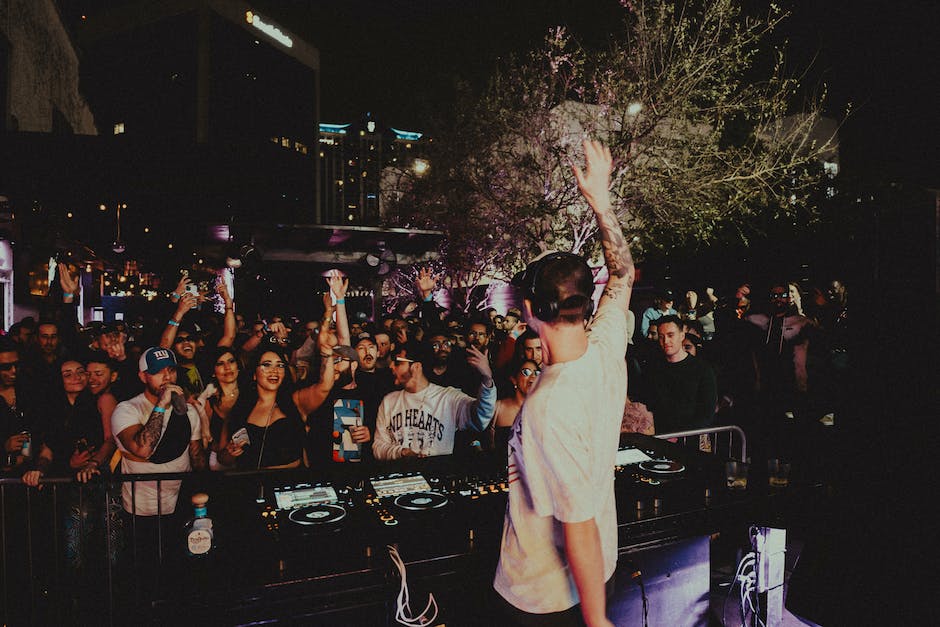
In some cases, sampling is not legal.
If you are trying to create a song using sampling, it is important to check if the music that you are using is free for you to use.
Some musicians provide samples that are free to use, but most do not. If you find audio on the not list, then you must get permission from the original artist to use it.
Some artists do not like their music being used in other songs and may charge a fee to do so. If you find a song on the no list and cannot get permission or a reasonable price, then you must find another song.
Songs can be considered copyrighted material, which means only the owner of the song has the right to distribute it or allow someone else to do so. When investigating if it is copyrighted or not, look into the owner of the song, not who wrote it.
Is Sampling Stealing?
Sampling is often a controversial topic in the music industry. The debate arises because some people argue that sampling is stealing, while others claim that it can be used creatively and legitimately.
It’s true that some producers have taken samples without proper permission or credit, but many artists are now obtaining the required licenses to sample legally. In fact, sampling can open up exciting possibilities for creativity and collaboration between different genres and styles of music. It can also help preserve the legacy of certain sounds and musical elements from past generations by allowing them to live on in new works.
When done properly, sampling can be an entirely legitimate form of artistic expression. While artists should always seek permission before sampling someone else’s work, there are also ways to use samples creatively and respectfully. Sampling has become an integral part of modern music production, so it’s important to remember that with the right approach, it doesn’t have to be stealing – it can be an art form all its own.
Tips for avoiding copyright infringement
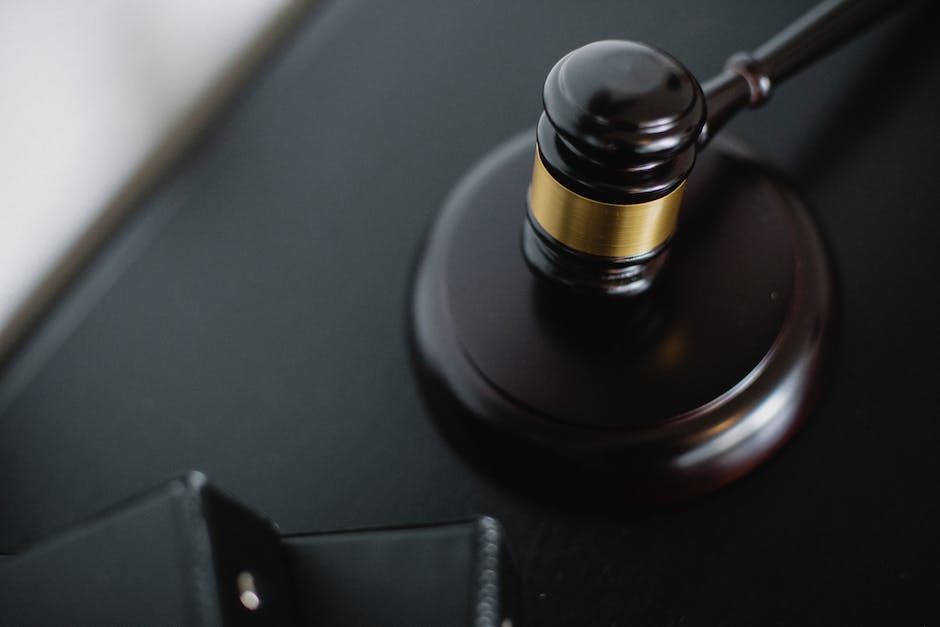
While sampling has been around for a while, cases of infringement are still prevalent. Many music producers are wary of using sample tracks because of the risk of infringement.
If you are a music producer, it is your job to understand music licensing when you distribute your music. Samples are an easy way to get started with your new song, but that doesn’t mean you can use them however you want.
Music producers should always check if a sample is copyrighted or not before putting it into their song. Even if it is found to be in the public domain, add some original elements to it to make it your own. This will protect you in case someone tries to sue you for copyright infringement.
Alternatively, you can purchase royalty-free licenses to legally use samples in your work. Sites like Loopmasters give you the freedom to use samples in your music without the worry of being sued.
How to clear a sample

To sample a song, you must obtain permission from the original artist, music publisher, or producer. This is done through a legal process called clearance.
There are two main ways to obtain clearance for sampling. The first is to contact the aforementioned parties and negotiate a fee for the use of their material.
The second is to use an online platform that handles the negotiation and payment for you. These can be expensive, however, so it is important to consider which one is more cost-effective for you.
Companies like DMG Clearances and SampleClearance.com have sample clearance experts that work with you to find the right sample and get it legally in your music.
They have access to a network of industry professionals who can help you clear samples. Once you give them the go-ahead, they will contact the original artist(s) to get permission to use the sample.
If permission is granted, they will also coordinate with the legal teams of both artists to make sure all legalities are fulfilled before releasing the song. This includes royalties for both artists involved!
How to sample a song
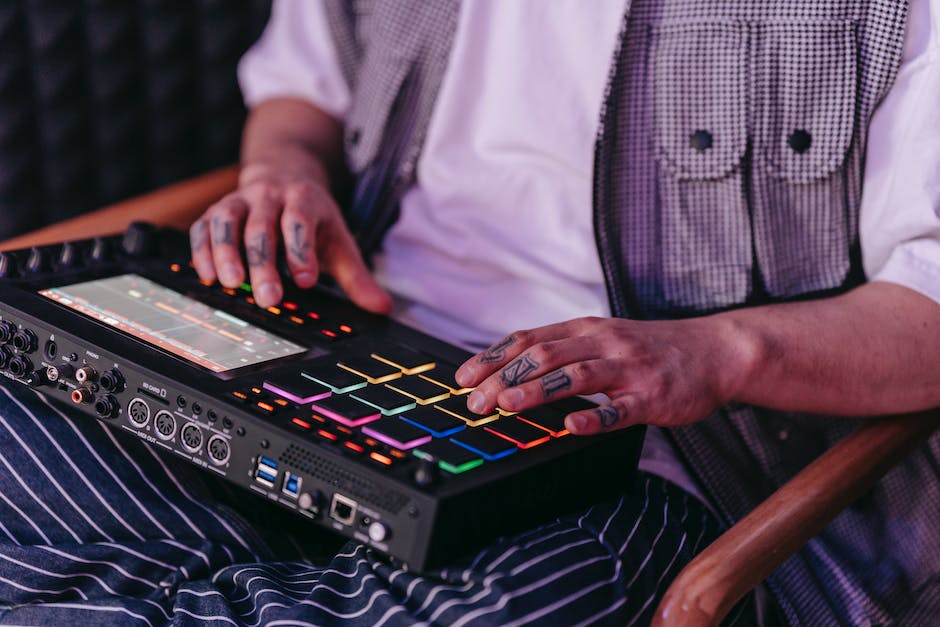
Sampling music is a great way to show off your DJ skills. Many people sample songs to create new songs, remixes, and challenge yourself musically.
To sample a song, you take a portion of the original song and use it in a new one. For example, if you took a few seconds of the beginning of a song and added it to the end of another song, that would be sampling.
The key is to use enough of the original music so that people recognize it and like it, but not so much that it sounds like the original song.
When sampling make sure you are using music software that allows you to take bits and pieces of other songs. If not, then find sampling software that can help you do this. It will make sampling easier and more effective.
Where to find samples
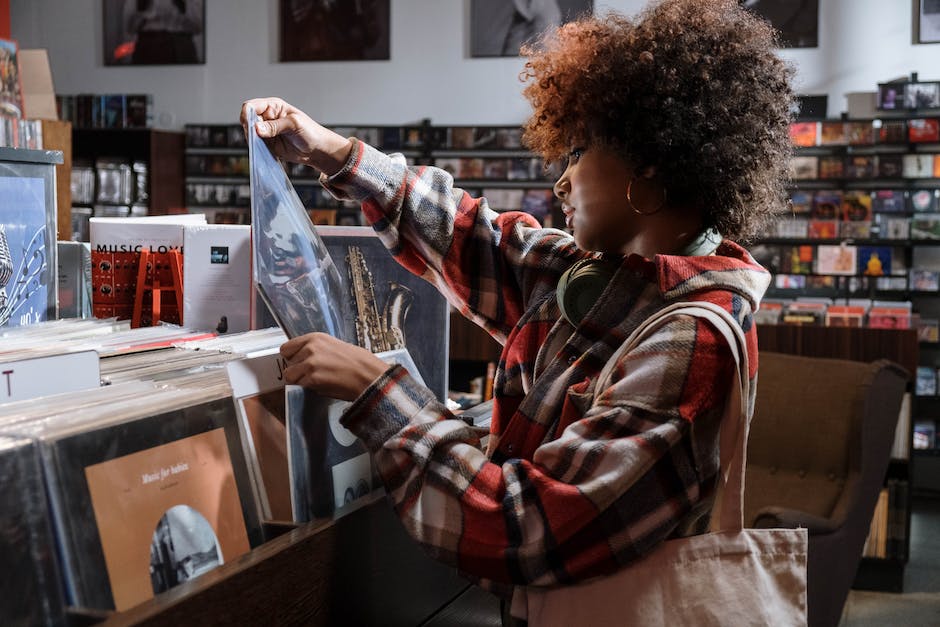
So now that you know what sampling is and how it has changed music, where do you go from here?
If you are looking to create music, then sampling other music is a great way to start. There are plenty of free resources and sites where you can find music to sample. Try going to YouTube and searching the name of a song or artist you like, then listening to the music for inspiration.
Google is also your friend when it comes to finding samples. Simply type in “name of song” sample or “name of song” remix and you will find some pretty cool samples to use!
If you are not into the idea of using other people’s music, then there are websites that offer royalty-free music. These sites offer individual tracks or full songs for purchase that you can use in your projects without worry of payment.
